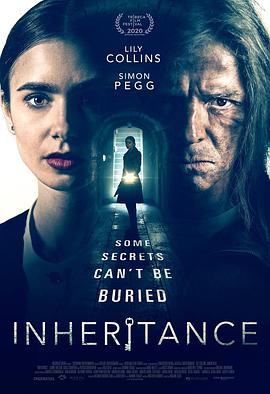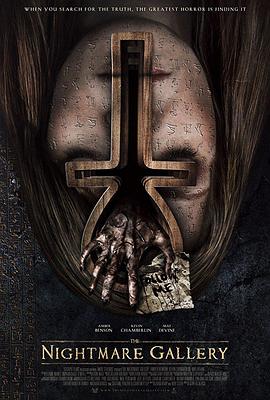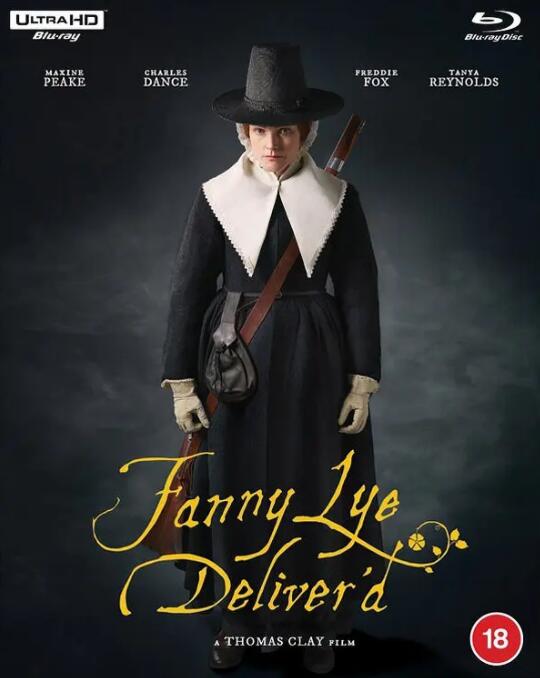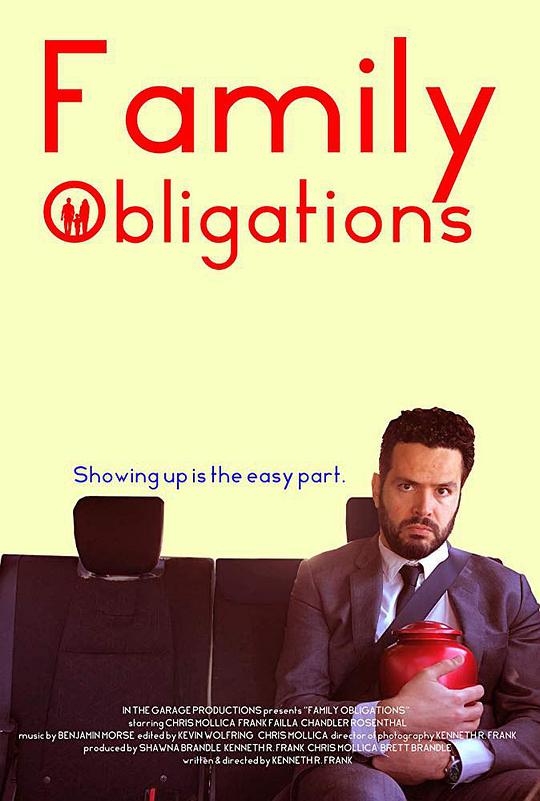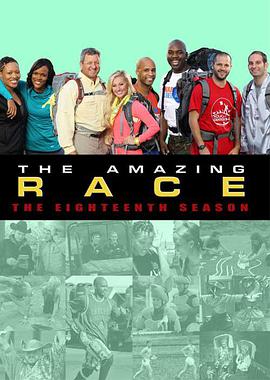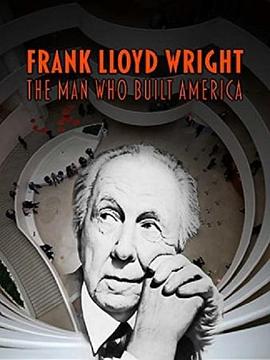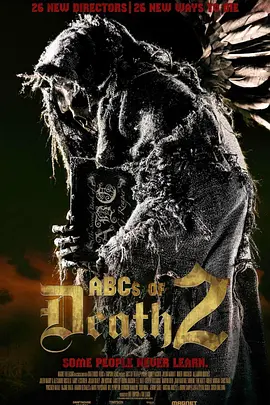-
备注:已完结
类型:纪录片
主演:塞尔·安索阿特吉 亚历珊德拉·毕林思 杰米·克莱顿 迈克尔·D·科恩
语言:英语
年代:未知
简介:《揭开面纱:好莱坞的跨性别人生》以前所未有、令人大开眼界的方式探讨了电影和电视剧中对跨性别者的描绘,揭示了好莱坞如何同时反映和制造我们对性别最深层的焦虑。 包括拉弗恩·考克斯、莉莉·沃卓斯基、恩斯·福特、MJ·罗德里格斯、杰米·克莱顿和查兹·波诺在内的跨性别思想家和创意人士,分享了他们对一些好莱坞经典片段的反应和抗拒。 通过《弗州迷魅》(1914)、《热天午后》《哭泣的游戏》和《男孩别哭》等电影,以及《杰斐逊一家》《拉字至上》和《姿态》等节目,他们追溯了一段既无人道又不断发展、复杂、时而幽默的历史,从中可以一窥屏幕上的跨性别形象、社会看法和真实跨性别生活之间的相互影响。导演萨姆·费德尔以崭新的视角重塑了熟悉的场景和标志性人物,让观众面对未经检验的假设,并展示了曾经引起美国人遐想的事物如今如何引发新的感受。在我们如何看待和理解跨性别者方面,《揭开面纱:...
-
备注:已完结
类型:欧美剧
主演:Adrian Lester Robert Vaughn Robert
导演:Iain B. MacDonald Sarah O'Gorman Luke Watson
语言:英语
年代:未知
简介: 英国BBC电视剧《Hustle》是一部另类的电视剧,目光对准了在伦敦市招摇撞骗的五个诈骗犯,虽然不像那些打打杀杀的犯罪分子们总是弄得血雨腥风,却依然看得人心惊肉跳。全剧由曾凭借《MI-5》获得英国学院奖的制作团队打造。 诈骗:一种无形的犯罪,手法是找出某人想要什么,然后再诱骗他们上当。Hustle是由MI-5的原班制作打造,描述五个一流的老千在伦敦市行骗的过程。他们专找具争议情的人物下手。他们的第一条行规是;不能骗老实人。
-
备注:已完结
类型:剧情片
主演:玛克辛·皮克 查尔斯·丹斯 弗莱迪·福克斯 塔尼娅·雷诺兹 Zak A
导演:托马斯·克雷
语言:英语
年代:未知
简介:拍摄内容涵盖了范妮·莱德·德利夫(Fanny Lye Deliver),这是一部由马辛·皮克(Maxine Peake)(万物理论),查尔斯·舞蹈(Charles Dance)(权力的游戏)和弗雷迪·福克斯(Freddie Fox)(防暴俱乐部)主演的定期戏剧。演员还包括谭雅·雷诺兹(Tanya Reynolds)的第一部长片和彼得·麦当劳(The Stag)。 这部电影在英格兰什罗普郡的十个星期内拍摄,由托马斯·克莱(Thomas Clay)执导和导演,由索拉纳·皮格特(Zorana Piggott)(《一个洞中的情侣》),罗布·坎南(《恋人与暴君》)和菲利普·鲍勃摄制。克莱的长期制片人已故的约瑟夫·朗(Joseph Lang)获得了死后的制作信用。
-
备注:已完结
类型:其他综艺
主演:Phil Keoghan Amanda Blackledge Kris
语言:英语
年代:未知
简介: 曾经未能夺冠的那些明星组合,如今重新集结继续他们的未尽之旅。
-
备注:已完结
类型:纪录片
语言:其它
年代:未知
简介: Frank Lloyd Wright is America's greatest-ever architect. However, few people know about the Welsh roots that shaped his life and world-famous buildings. Now, leading Welsh architect Jonathan Adams sets off across America to explore Frank Lloyd Wright's masterpieces for himself. Along the way, he uncovers the tempestuous life story of the man behind them and the significance of his radical family background. In a career spanning seven decades, Frank Lloyd Wright built over 500 buildings, and changed the face of modern architecture: Fallingwater, the house over the waterfall, has been called the greatest house of the 20th century; the spiralling Guggenheim Museum in New York reinvented the art museum; the concrete Unity Temple was the first truly modern building in the world. But the underlying philosophy that links all Wright's buildings is as important as anything he built. Those ideas were rooted in the Unitarian religion of Frank Lloyd Wright's mother. Anna Lloyd Jones was born and raised near Llandysul in west Wales and migrated to America with her family in 1844, most likely to escape religious persecution. Her son, Frank, was raised in a Unitarian community in Wisconsin, a small piece of Wales in America. The values he absorbed there were based on the sanctity of nature, the importance of hard work, and the need to question convention and defy it where necessary. Wright's architecture was shaped by, and expressed, these beliefs. Frank Lloyd Wright set out to create a new American architecture for a new country. He built his own lifelong home in the valley he was raised in, and he named it after an ancient Welsh bard called Taliesin. It was the scene of many adventures - and a horrific crime. In 1914, a servant at Taliesin ran amok and killed seven people including Wright's partner, Mamah Cheney, and her two young children. Wright rebuilt his home and went on to marry a Montenegrin woman, Olgivanna Milanoff, some 30 years younger than him. It was Olgivanna who struck upon the idea that saved Wright's career after the Wall Street Crash and personal scandal laid it low. She decided that her husband should take on apprentices and that the apprentices should pay for the privilege. The Taliesin Fellowship had a hands-on approach, with apprentices often building extensions to Wright's own houses, labouring and cooking for him. Somehow it worked, lasting for decades and nurturing hundreds of young talents. Frank Lloyd Wright died in 1959 aged 91 while working on his final masterpiece, New York's incomparable Guggenheim Museum. He had been born in the wake of the American civil war, the son of a pioneer, and died a television celebrity, in the space age. He is buried in the shadow of Taliesin, alongside his Welsh ancestors. A 150 years after his birth, Jonathan Adams argues that Frank Lloyd Wright is now a vitally important figure who can teach us how to build for a better world. Wright believed in what he called organic architecture; buildings that grace the landscape, express an idea of how to live and respond to individual needs. This bespoke approach - a philosophy, not a style - puts him at the heart of modern architectural thinking.

